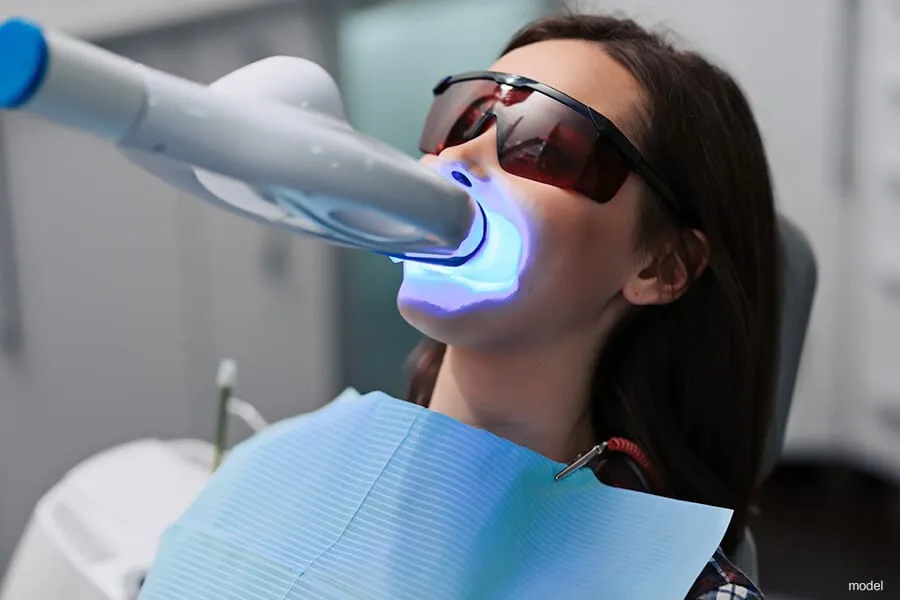Understanding Teeth Whitening Treatments
Teeth whitening treatments have become increasingly popular for individuals seeking a brighter, more confident smile. These treatments are designed to lighten the color of your teeth and remove stains and discoloration. However, before embarking on any teeth whitening journey, it’s crucial to understand the different types of treatments available, the factors that cause tooth discoloration, and the best practices to achieve and maintain optimal results. This comprehensive guide will delve into the world of teeth whitening, providing valuable insights and tips to help you achieve a dazzling smile.
What Causes Tooth Discoloration
Tooth discoloration can result from a variety of factors, affecting both the enamel and the underlying dentin. Understanding these causes is essential to determine the most effective whitening treatment. Discoloration can range from surface stains to deeper intrinsic stains, each requiring a different approach. The causes are diverse, from lifestyle choices to natural aging. Knowing these factors helps you make informed decisions about your oral health and aesthetic goals. It is also useful to understand what to avoid after treatment for long-lasting results.
Common Causes
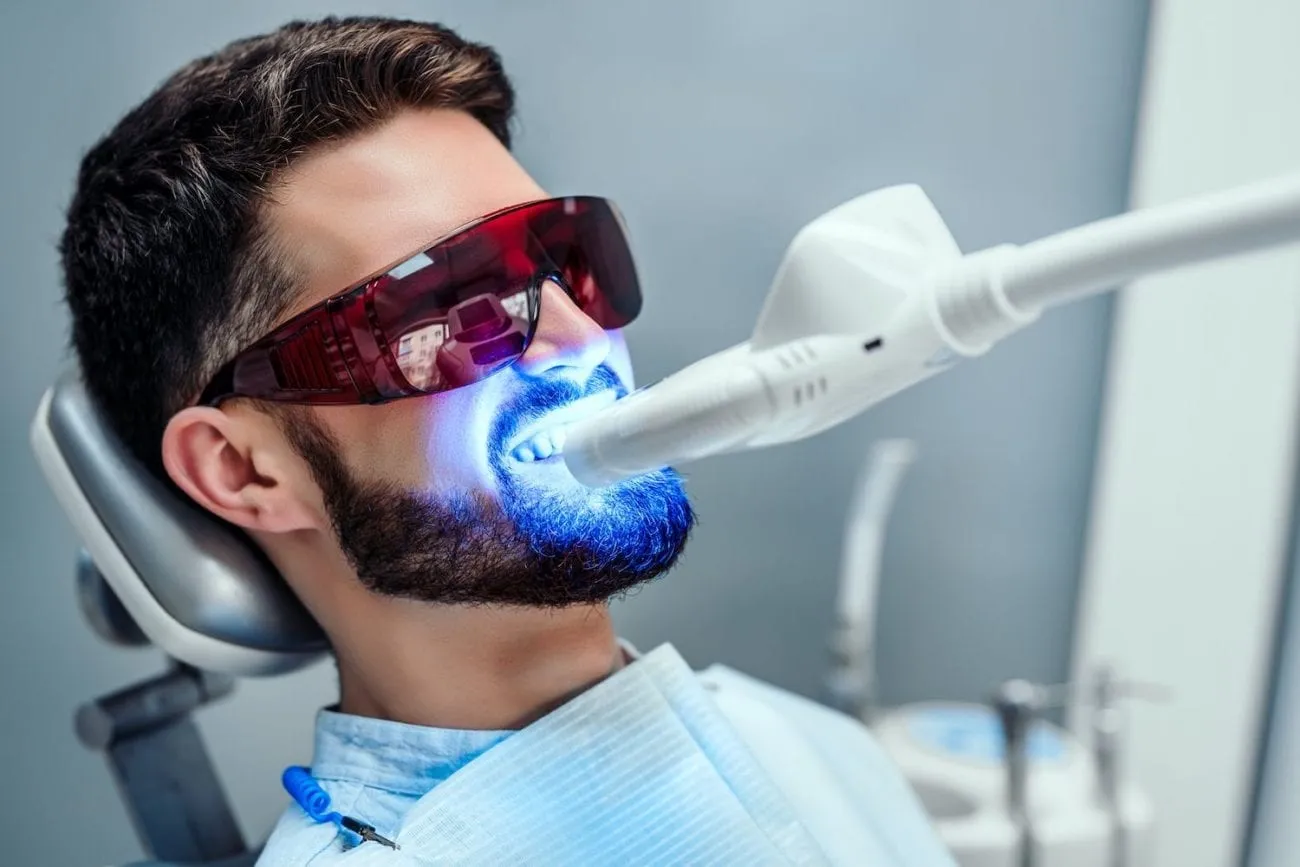
Several factors contribute to the discoloration of teeth. These include the natural aging process, in which the enamel wears down, revealing the yellowish dentin underneath. Genetics also play a role, influencing the natural color and thickness of your enamel. Trauma to a tooth can cause internal bleeding and staining. Moreover, certain medical treatments, such as chemotherapy and radiation, can lead to tooth discoloration.
Foods and Drinks
Certain foods and beverages are notorious for staining teeth. Coffee, tea, red wine, and dark-colored sodas contain pigments that can adhere to the enamel, causing discoloration over time. Highly pigmented fruits like berries and pomegranates also contribute to staining. Regular consumption of these items can accelerate the need for teeth whitening treatments. It is also worth noting that frequent consumption of acidic foods and drinks can erode the enamel, making teeth more susceptible to staining.
Lifestyle Choices
Lifestyle choices significantly impact the color of your teeth. Smoking and the use of other tobacco products are major contributors to tooth discoloration, causing yellowing and brown staining. Poor oral hygiene, including infrequent brushing and flossing, allows stains to build up on the tooth surface. The use of certain medications, such as some antibiotics, can also lead to tooth discoloration. Regular dental check-ups and cleanings are vital to counter these effects.
Aging

As we age, the enamel on our teeth naturally thins due to wear and tear, exposing the underlying dentin. Dentin is naturally yellow, which can cause teeth to appear darker. Moreover, the accumulation of stains from foods, drinks, and lifestyle choices over many years contributes to the overall discoloration. The aging process combined with other factors creates a cumulative effect, leading to the need for teeth whitening.
Types of Teeth Whitening Treatments
There are various teeth whitening treatments available, each with its own method of application, effectiveness, and suitability for different needs. Treatments range from professional in-office procedures to at-home options. It is essential to understand the differences between these treatments to choose the best approach for achieving your desired results. The best treatment will depend on the degree and type of staining, as well as your oral health condition and lifestyle. Consulting a dentist is highly recommended.
In-Office Whitening
In-office teeth whitening, also known as chairside bleaching, is performed by a dental professional in a clinic setting. This method provides the most significant results in the shortest amount of time. It involves applying a high-concentration whitening agent to the teeth, which is then activated by a special light or laser to enhance the bleaching process. This procedure is typically completed within a single visit, making it a convenient option for those seeking immediate results.
How It Works
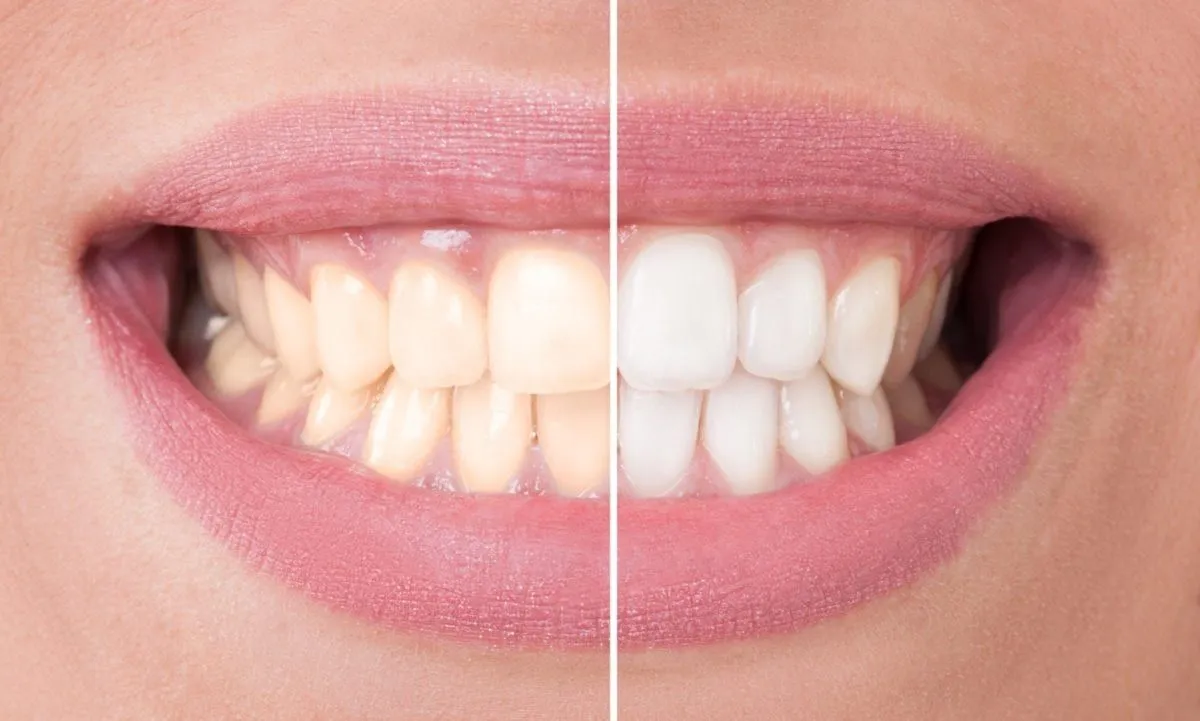
The dentist will first protect your gums with a protective barrier before applying the whitening agent. The agent, typically a hydrogen peroxide solution, breaks down the stains and discoloration on the tooth surface. The special light or laser accelerates the chemical reaction, enhancing the whitening effect. This process is repeated several times during the session, and the dentist will monitor your progress to ensure optimal results and minimize any potential side effects. The procedure is generally safe and effective.
Benefits
The primary benefit of in-office whitening is the immediate and dramatic results. The procedure is performed under professional supervision, reducing the risk of potential side effects and ensuring safety. The dentist can customize the treatment based on the individual’s needs and monitor the progress. In-office whitening is often the most effective option for individuals with significant discoloration or those seeking rapid results. The treatment is also more controlled, minimizing the chance of uneven whitening.
At-Home Whitening
At-home teeth whitening offers a convenient and cost-effective way to brighten your smile. This method involves using over-the-counter or dentist-prescribed products in the comfort of your home. Various options are available, including whitening toothpastes, strips, and custom tray systems. While at-home treatments may take longer to produce results compared to in-office procedures, they can still be very effective for mild to moderate staining. The selection of at-home whitening products will depend on the degree of staining and personal preference.
Whitening Toothpastes
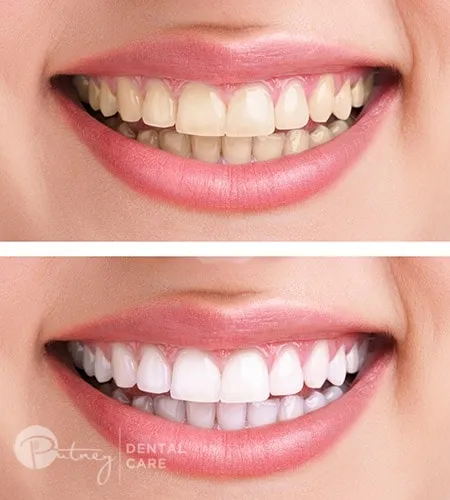
Whitening toothpastes contain mild abrasives and chemical agents that help remove surface stains. They are a popular and accessible option for maintaining teeth whiteness. While they can improve the appearance of your teeth, they typically only remove surface stains and do not change the intrinsic color of the teeth. Consistent use over time can help prevent new stains from forming, contributing to overall oral hygiene and a brighter smile. However, it is important to select a toothpaste with a low abrasivity to avoid damaging the enamel.
Whitening Strips
Whitening strips are thin, flexible strips coated with a peroxide-based whitening agent. They are designed to be applied directly to the teeth for a specific period. These strips are easy to use and offer noticeable results within a few weeks. However, they may not be suitable for all teeth, and the results can vary. It is essential to follow the instructions carefully to avoid irritation of the gums. Also, consult with your dentist to ensure they are appropriate for your dental condition.
Custom Tray Whitening
Custom tray whitening involves using a custom-fitted tray provided by your dentist, along with a professional-strength whitening gel. This method offers more control and precision compared to over-the-counter strips. The dentist will take an impression of your teeth to create a tray that fits perfectly, ensuring the whitening agent reaches all surfaces evenly. This method provides more effective results than over-the-counter options because of the higher concentration of the whitening agent, and reduces the risk of gum irritation. The trays are worn for a specified amount of time each day or night, typically for several weeks, until the desired results are achieved.
7 Powerful Tips for Effective Teeth Whitening
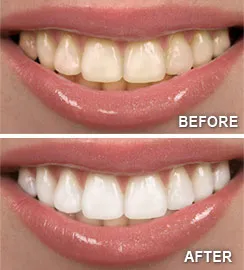
Achieving and maintaining a brighter smile involves more than just choosing the right whitening treatment. Several factors can significantly impact the effectiveness and longevity of the results. These include consulting with your dentist, understanding the cause of staining, choosing the right treatment, and following instructions carefully. It also involves maintaining good oral hygiene, being patient, and managing expectations. By implementing these tips, you can maximize the benefits of your chosen teeth whitening treatment and enjoy a confident, radiant smile.
Consult Your Dentist
Before starting any teeth whitening treatment, consulting your dentist is essential. Your dentist can assess the health of your teeth and gums, determine the cause of your discoloration, and recommend the most suitable treatment. They can also identify any underlying dental issues, such as cavities or gum disease, that need to be addressed before whitening. Professional advice ensures the safety and effectiveness of the treatment, as well as helps to set realistic expectations. Your dentist can also guide you to choose between in-office and at-home treatments.
Understand the Cause of Staining
Understanding the cause of your tooth staining helps in choosing the most effective whitening approach. Surface stains from foods and drinks can often be addressed with over-the-counter whitening products or professional cleanings. Intrinsic stains, those that originate from within the tooth, may require stronger whitening treatments like in-office bleaching or custom tray systems. Knowing the cause can also help you manage your lifestyle to prevent future staining. Consider the use of a straw for drinks that stain, and also avoid smoking.
Choose the Right Treatment
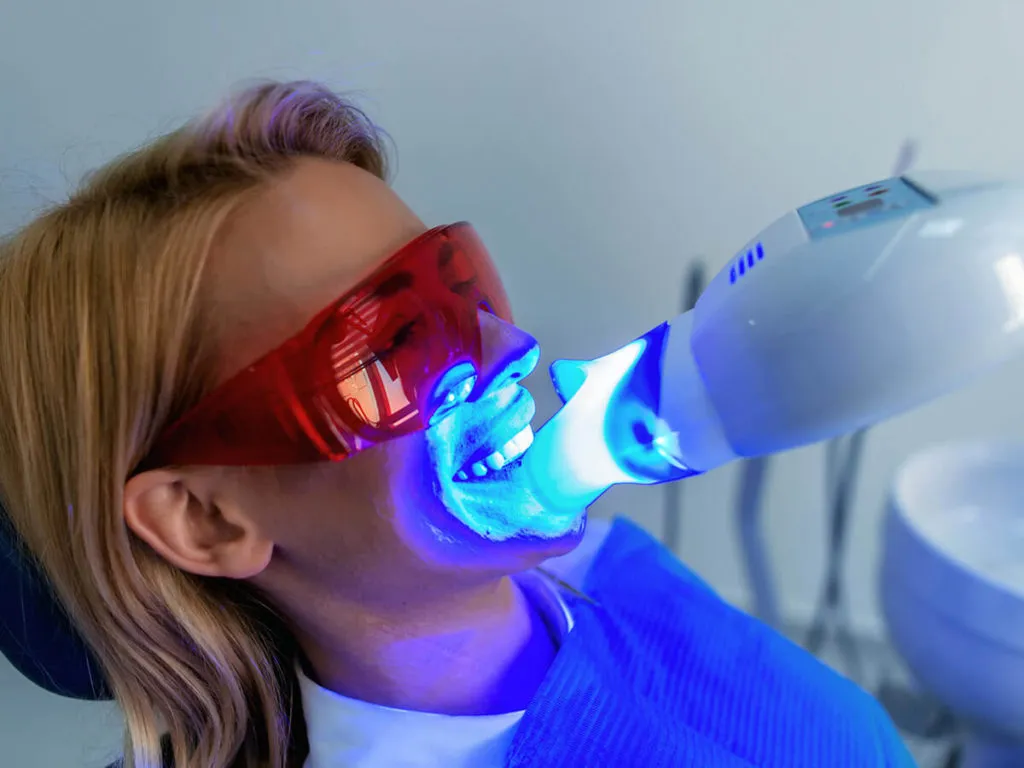
Selecting the right teeth whitening treatment depends on various factors, including the severity of your staining, your budget, and your lifestyle. For immediate and dramatic results, in-office whitening is often the best choice. For a more budget-friendly and convenient option, at-home treatments like whitening strips or custom tray systems may be suitable. Consider the pros and cons of each option, and always consult your dentist for a personalized recommendation. The appropriate treatment will vary depending on your individual needs and dental health.
Follow Instructions Carefully
Whether you opt for an in-office procedure or an at-home treatment, carefully following the instructions is critical to achieving the best results and minimizing side effects. For at-home treatments, adhere to the recommended application time and frequency, and avoid exceeding the recommended dosage. If you experience any sensitivity or irritation, stop the treatment and consult your dentist. For in-office procedures, listen to your dentist’s instructions regarding post-treatment care. Proper adherence to instructions is essential to the treatment’s safety and effectiveness.
Maintain Good Oral Hygiene
Maintaining excellent oral hygiene is essential for preserving your teeth whitening results. Brush your teeth at least twice a day with a fluoride toothpaste, and floss daily to remove plaque and food particles. Consider using an antibacterial mouthwash to further reduce bacteria and prevent staining. Regular dental check-ups and professional cleanings are also crucial for maintaining healthy teeth and gums. Proper oral hygiene practices will not only keep your teeth white but will also prevent other dental problems.
Be Patient
Teeth whitening is not always an overnight process. The results may vary depending on the type of treatment and the degree of staining. In-office whitening provides immediate results, while at-home treatments typically require several weeks to achieve the desired outcome. Be patient and consistent with your treatment plan, and avoid expecting instant, dramatic changes. Monitor your progress and adjust your expectations as needed. Patience is key to achieving and maintaining a brighter smile, and it’s essential to give the treatment time to work effectively.
Manage Expectations
It is important to have realistic expectations about teeth whitening results. While teeth whitening can significantly improve the appearance of your smile, it may not completely eliminate all stains or achieve a perfectly white color. Factors such as the original shade of your teeth, the type of stains, and the whitening method used can influence the outcome. Discuss your goals with your dentist before starting any treatment and understand the limitations. Being aware of what to expect ensures you’re satisfied with your results and helps you avoid disappointment. The goal is to brighten your teeth and improve your smile, not necessarily to achieve a flawless, unnatural white.
Post-Whitening Care and Maintenance
Maintaining your newly whitened smile requires specific post-whitening care and a commitment to certain lifestyle changes. This includes being mindful of your diet, attending regular dental check-ups, and avoiding habits that can lead to staining. Proper maintenance not only preserves the results of your teeth whitening treatment but also contributes to overall oral health. It’s vital to adopt these practices to ensure the longevity of your bright and confident smile. Continued maintenance will enhance your overall dental health.
Dietary Considerations
Your diet plays a crucial role in maintaining the results of your teeth whitening treatment. Immediately after whitening, avoid foods and drinks that can stain your teeth. These include coffee, tea, red wine, dark sodas, and highly pigmented fruits like berries. Consume a diet rich in white or light-colored foods, such as chicken, fish, rice, and cauliflower. Be mindful of the foods you eat, and rinse your mouth with water after consuming potentially staining items. Following a teeth-friendly diet can significantly prolong the effects of your whitening treatment.
Regular Dental Check-ups
Regular dental check-ups and cleanings are essential for maintaining a bright, healthy smile. During these visits, your dentist can remove any surface stains that may have accumulated since your whitening treatment. They can also assess the overall health of your teeth and gums, identifying and addressing any potential issues before they affect your smile’s appearance. Professional cleanings not only keep your teeth looking their best but also protect against tooth decay and gum disease. Schedule regular check-ups every six months for optimal oral health.
Avoiding Staining Habits
Certain habits can quickly reverse the effects of teeth whitening. Avoid smoking and the use of other tobacco products, as these are major contributors to tooth discoloration. Limit your consumption of staining foods and drinks, and rinse your mouth with water after consuming them. Consider using a straw for beverages to minimize contact with your teeth. By avoiding these habits, you can significantly extend the life of your whitened smile and maintain optimal oral health. Making these lifestyle changes enhances the longevity of your treatment.
Risks and Side Effects of Teeth Whitening
While teeth whitening is generally safe, it is important to be aware of potential risks and side effects. These can range from temporary sensitivity to gum irritation. Understanding these potential issues helps you make informed decisions and take appropriate precautions. Consulting with your dentist and following the instructions carefully can minimize these risks. Being aware of these potential side effects will enable you to handle the treatment with greater care and awareness.
Sensitivity
Tooth sensitivity is a common side effect of teeth whitening, particularly with high-concentration bleaching agents. This sensitivity usually occurs during the treatment and may last for a few days afterward. You may experience a sharp, temporary pain or discomfort when consuming cold or hot foods and drinks. To manage sensitivity, use a desensitizing toothpaste, avoid extremely hot or cold temperatures, and consult your dentist. This side effect typically subsides shortly after you stop the treatment, and the discomfort is usually manageable.
Gum Irritation
Gum irritation, or gingivitis, is another potential side effect, especially if the whitening agent comes into contact with the gums. This can result in redness, swelling, and tenderness of the gums. Proper application of the whitening agent and the use of protective barriers during in-office treatments help minimize this risk. If you experience gum irritation, reduce the amount of time you use the whitening agent or stop the treatment and consult your dentist. Usually, the irritation will go away once the treatment is halted, or the product is used correctly.
Effectiveness
The effectiveness of teeth whitening varies depending on several factors, including the type and severity of the stains, the chosen treatment method, and individual factors. Some people may see dramatic improvements, while others may experience more subtle results. Certain types of stains, such as those caused by tetracycline antibiotics, can be more resistant to whitening. It’s essential to have realistic expectations and consult with your dentist to determine the most effective treatment plan for your specific needs. The success of teeth whitening also depends on the user’s commitment to post-treatment care and maintenance.
In conclusion, teeth whitening treatments provide a powerful way to enhance your smile and boost your confidence. By understanding the causes of tooth discoloration, choosing the right treatment, and following the recommended tips, you can achieve a brighter, more radiant smile. Remember to consult with your dentist, maintain excellent oral hygiene, and manage your expectations to ensure the best possible results. With the right approach, you can enjoy a dazzling smile for years to come. Consider consulting with your dentist for personalized advice and guidance. Maintaining good oral hygiene and dietary considerations will greatly contribute to the longevity of your newly whitened smile.
